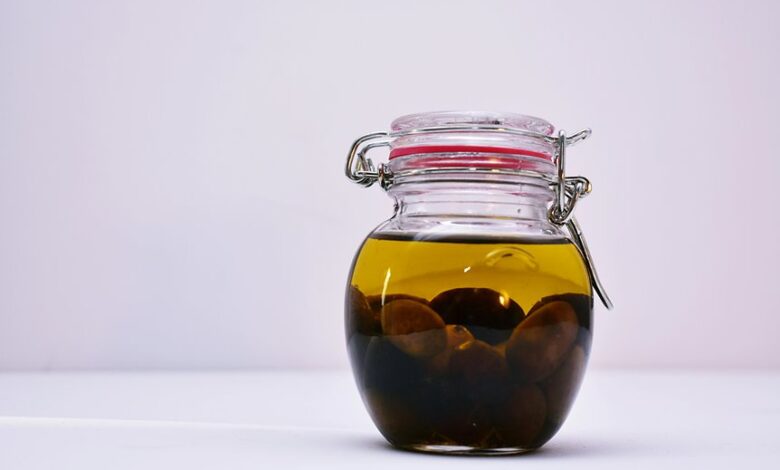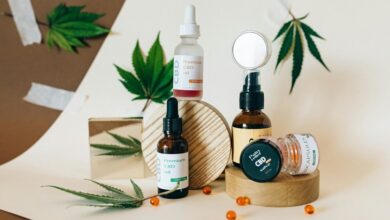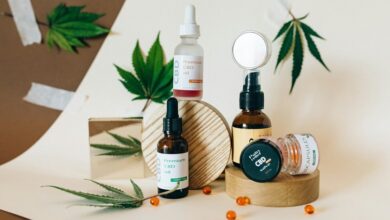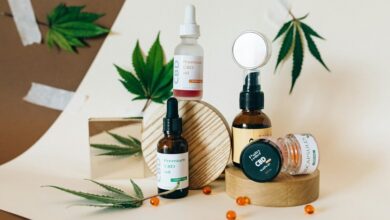How to Store Cbd Oil

Proper storage of CBD oil is crucial for maintaining its potency and safety. Factors such as temperature, light exposure, and container choice play significant roles in preserving its quality. Understanding the ideal conditions and recognizing signs of spoilage can help consumers make informed decisions. As the conversation unfolds, it becomes apparent that there are specific practices and materials that can enhance the longevity of CBD oil.
The Importance of Proper CBD Oil Storage
Although many users may overlook it, the storage conditions of CBD oil significantly impact its potency and longevity.
Proper storage is essential to maximize CBD oil benefits, as exposure to light, heat, and air can degrade its quality.
Understanding the relationship between storage practices and CBD oil shelf life empowers consumers to maintain the effectiveness of their products, ensuring optimal therapeutic outcomes.
Ideal Storage Conditions for CBD Oil
To preserve the integrity of CBD oil, understanding the ideal storage conditions is vital.
Proper temperature control, ideally between 60°F to 70°F, prevents degradation. Additionally, minimizing light exposure is crucial; UV rays can alter the oil's composition.
Storing CBD oil in a cool, dark place, such as a cabinet or drawer, ensures its potency and efficacy are maintained over time.
Containers and Packaging for CBD Oil
The choice of containers and packaging for CBD oil plays a critical role in preserving its quality and extending shelf life. Optimal options include dark glass bottles, which protect the oil from light degradation.
Additionally, incorporating child-proof caps ensures safety, preventing unauthorized access. Properly designed packaging not only maintains potency but also reflects the product's integrity, appealing to consumers who value quality and security.
Signs of Spoiled CBD Oil
Proper storage is vital for maintaining the quality of CBD oil, yet even well-packaged products can eventually spoil.
Signs of spoiled CBD oil may include changes in color, an off-putting odor, or a thick, cloudy appearance.
These alterations are often due to oxidation effects and can serve as rancidity indicators, signaling that the oil is no longer safe or effective for consumption.
Conclusion
In conclusion, storing CBD oil correctly is akin to nurturing a delicate plant; both require careful attention to environmental factors to thrive. By adhering to optimal storage conditions and utilizing appropriate containers, one can preserve the oil's potency and safety. Regularly monitoring for signs of spoilage ensures that the product remains effective and suitable for consumption. Ultimately, proper storage practices are essential for maximizing the benefits of CBD oil while safeguarding its quality over time.






